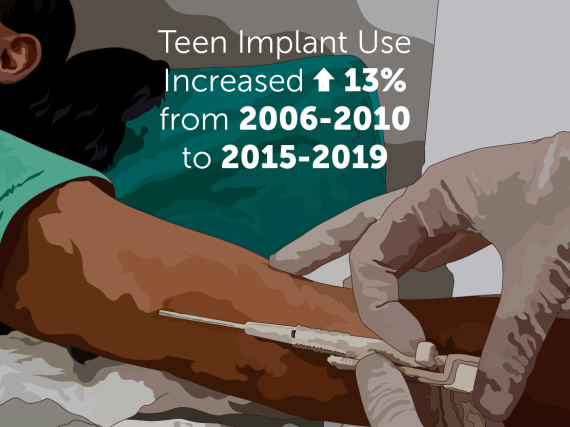Prostate Health and Prostate Cancer: Data Breakdown
September recognizes Prostate Health Month, which is dedicated to raising awareness of the dangers of prostate cancer and what people can do to encourage prostate health. As the second most common cancer for men in America, one in nine people will be diagnosed with prostate cancer. Thankfully, it’s a slow growing disease, and with rates of early detection and monitoring rising, survival rates are high. The American Cancer Society estimates that while nearly 192,000 people will receive a prostate cancer diagnosis in 2020, only around 33,000 will die.
Though it’s tucked away between the bladder and anus and only the size of a walnut, the prostate gland plays an important role in the production of semen and in the overall reproductive health of people with penises. The prostate continues to grow with age and while science has yet to explain why, we do know that problems with the prostate can affect both sexual function and urination, especially in those over age 60.
Five warning signs of prostate cancer or other prostate problems include:
- Burning sensations during urination or ejaculation
- Frequent urination
- Difficulty urinating
- Blood in urine or semen
- Sudden erectile dysfunction
However, just because prostate growth is inevitable does not mean there’s nothing to be done for the gland’s health. Three recommendations for a healthy prostate are:
1. Eat Well
Research has shown that what person eats can greatly impact their prostate health. Dietary recommendations for a healthy prostate include:
- Consume five daily servings of fruit and vegetables
- Eat whole-grain bread, pasta, and cereals
- Limit red meat, saturated fats, and sweets
- Avoid soda and sugary juices as well as trans fats
- Reduce salt intake and portion size
2. Stay Active
More research is needed to directly link regular exercise to a reduced risk of prostate cancer or other prostate problems. But it is known that exercising decreases the risk of issues such as heart disease, stroke, and other types of cancer. Additionally, not enough exposure to the sun and to Vitamin D has been linked to an increased risk of prostate cancer. So being active outside is an excellent way to help keep a prostate gland healthy.
3. Ejaculate Regularly
Several major studies have shown that frequent ejaculation is linked to a decreased risk of prostate cancer. In one study, men who reported ejaculating 21 or more times a month were found to have a 31% lower risk of prostate cancer compared to their peers who only ejaculated 4-7 times a month.
While the guidelines for prostate cancer screenings and the treatment of some types of prostate cancer and other prostate problems have evolved quite a bit over the last few years, The American Urological Association recommends regular screenings for people over the age of 55 with a prostate. Black people, people of Scandinavian descent, and those with two or more family members with prostate cancer are at a higher risk for developing prostate cancer. As with all decisions around reproductive health, a health care provider can offer the best advice on how to understand and offset an individual’s personal risk.



